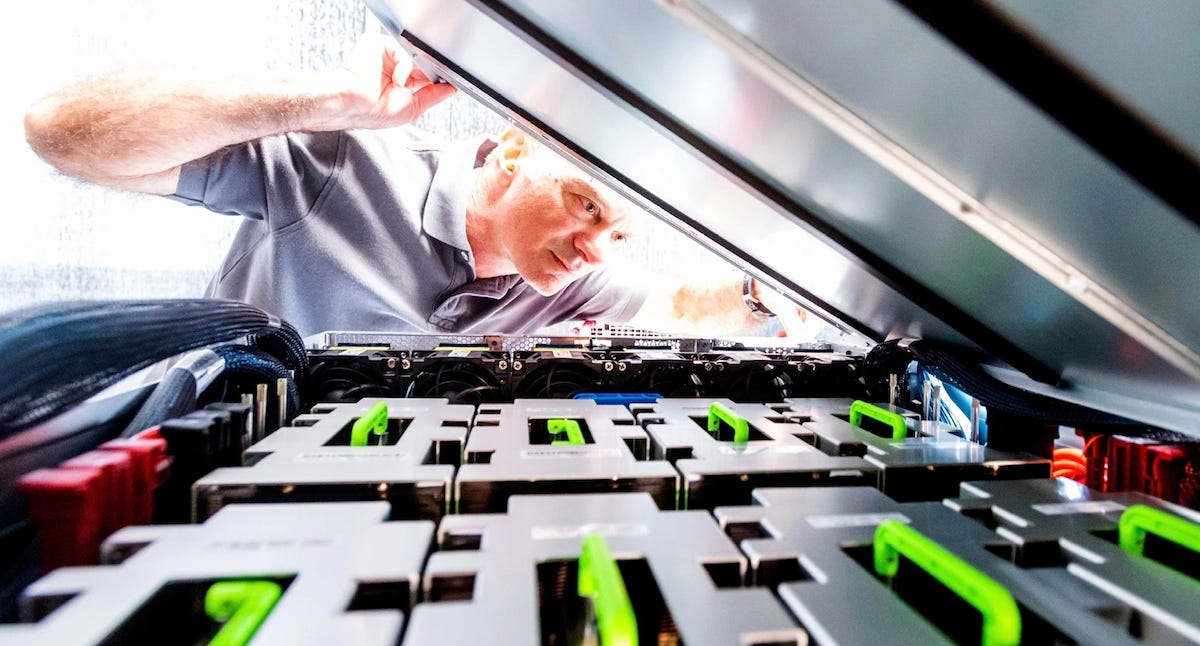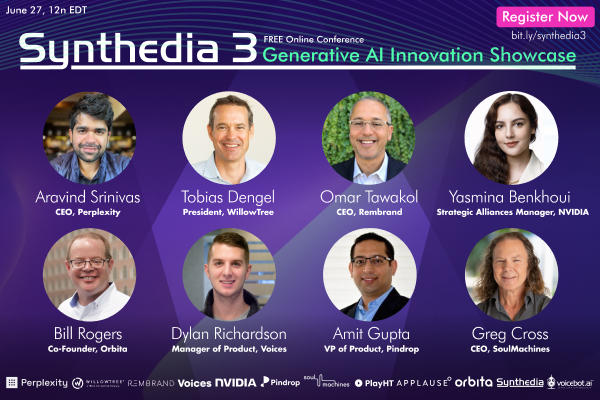Amazon to Invest $100M in AWS Generative AI Innovation Center, But is That Enough??
Is AWS prepared for the $1.3. trillion market?
Amazon revealed today it plans to invest $100 million into a new AWS Generative AI Innovation Center. The center will be staffed with “AI and ML experts” from within Amazon and its partner network.
[The center] will connect AWS AI and ML experts with customers around the globe. The AWS experts will help customers envision, design, and launch new generative AI products and services.
The center’s team of strategists, data scientists, engineers, and solutions architects, as well as experts from the AWS Partner Network, will work step-by-step with customers to build bespoke solutions that harness generative AI.
Recognizing a Generative AI Gap
This move suggests a recognition that companies adopting generative AI need assistance. Nearly all the significant generative AI engineering and product experts work for big tech giants and a few well-funded startups. Everyone else is wondering where they can get assistance.
Today's biggest barrier to enterprise generative AI adoption is a lack of knowledge and expertise to navigate an entirely new technology stack. It is a pull market. Enterprise enthusiasm for generative AI currently outstrips the available talent required for successful projects.
Enterprises tap data science and some software engineering teams to lead the internal generative AI projects, but most are learning on the job. AWS knows that is a slow path to success. AWS is also generally viewed as lagging behind Azure and Google Cloud teams in generative AI experience, technology, and marketplace mindshare. A robust services offering could be a differentiator and may be a necessity.
Google also recognizes the importance of providing generative AI guidance to enterprises. Its new Vertex and AI Model Garden product announcements included the availability of cloud consulting services.
Cloud providers might normally expect large technology consulting firms to fulfill this need. However, most consultancies today are only a half-step ahead of enterprises in generative AI. They don’t yet have in-house experts ready to help clients.
In addition, the consultancies working in the space are more likely to have experience with OpenAI’s GPT models. This fact will surely influence them to steer clients to Azure or directly to the ChatGPT creator. You can reduce project risk by promoting a technology where you already have experience. By providing consulting services within AWS, the company can steer customers to options offered by Amazon’s Cloud and away from competitors.
Is $100M Enough?
The new center is not the entirety of Amazon’s generative AI investment. It appears that funding for the new center is in addition to Amazon Bedrock, AWS’s recently announced generative AI product offering. AWS CEO Adam Selipsky is using the announcement as a second step in repositioning Amazon regarding generative AI. Selipsky told CNBC:
“You ask yourself the question — where are the different runners three steps into a 10K race?” AWS CEO Adam Selipsky said in an interview this week with CNBC. “Does it really matter? The point is, you’re three steps in, and it’s a 10K race.”
As part of the latest announcement, Amazon said it will be adding some data scientists, engineers and solutions architects to the payroll. AWS said the center is already working [with] Highspot, Twilio, RyanAir and Lonely Planet. The company told CNBC that it’s a “program” rather than a physical center.
…
“AI is going to be this next wave of innovation in the cloud,” he said. “It’s going to be the next big thing that pushes even more customers to want to be in the cloud. Really, you need the cloud for generative AI.”
Also, the way Selipsky sees it, AWS provides a measure of credibility in offering generative AI that eludes others in the space.
“I can’t tell you how many Fortune 500 companies I’ve talked to who banned ChatGPT in the enterprise,” Selipsky said. “Because at least the initial versions of it just didn’t have that concept of enterprise security.”
AWS could close the gap with OpenAI/Azure and Google if a lot of its customers decide to select large language models (LLM) from startups and open-source projects. However, taking this approach requires generative AI expertise that is already scarce. Creating a staff of experts will help, but it is unlikely to meet the scale of current demand. AWS is going to have to take additional steps.
Consider that this innovation center investment and Amazon Bedrock amount to less than the $300 million Google reported invested in Anthropic, a company that offers an LLM competitive with its own PaLM product.
Google has spent millions billions more dollars developing its own technology and acquiring rare technical talent at companies such as DeepMind. Microsoft has invested a reported $13 billion in OpenAI. AWS may be able to bargain hunt its way into the market, but $100 million is not going to do it for a market expected to reach $1.3 trillion in annual revenue by 2033.
With that said, Amazon does have several generative AI initiatives in stealth mode. There will be more announcements later this year. The question is whether they are right that this is just a 10K race. It may be a marathon at a 5K race pace.
Don't Miss the Generative AI Innovation Showcase - Synthedia 3 Online Conference
Synthedia 3 is an online conference showcasing generative AI demos, new features, and insights from innovators shaping today's most significant technology segment. The conference is free, but you must register to attend or to get early access to the video recordings post-event. And it is next week!
Amazon Announces New Services to Compete with OpenAI and GitHub Copilot
Amazon today announced a new generative AI service called Bedrock and made its CodeWhisperer text-to-code solution generally available and free for individual use. This move pits Amazon directly against Microsoft’s OpenAI services and its GitHub Copilot code generation solution.





